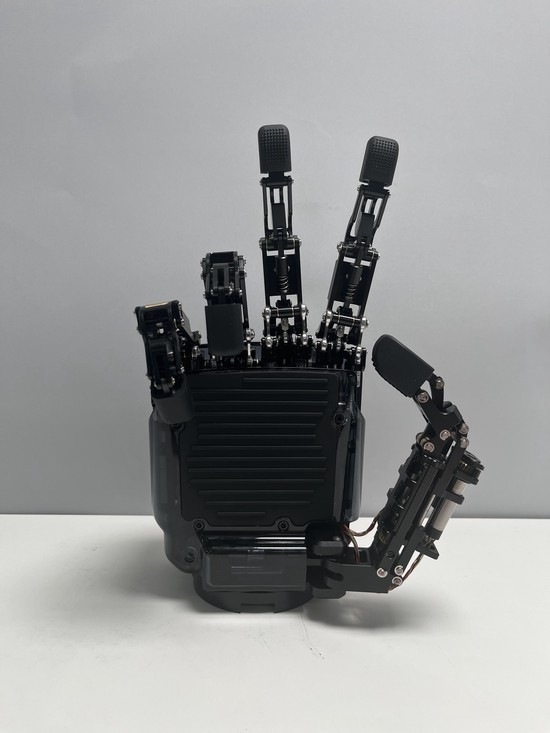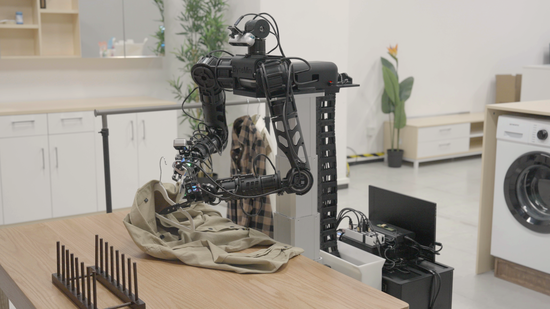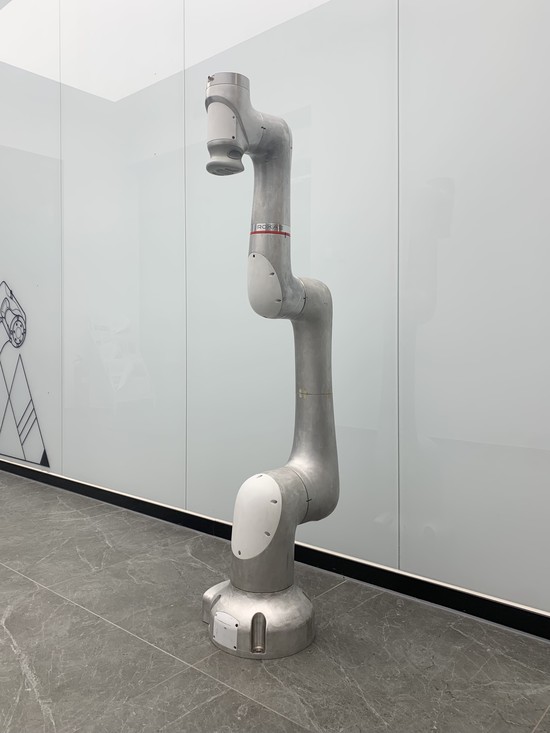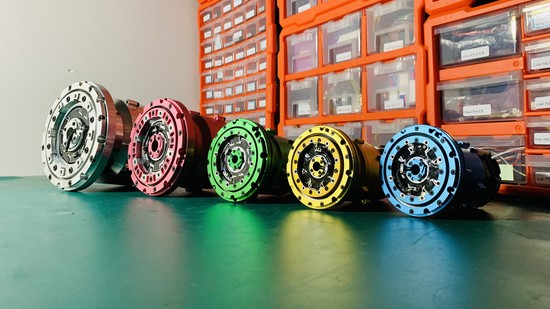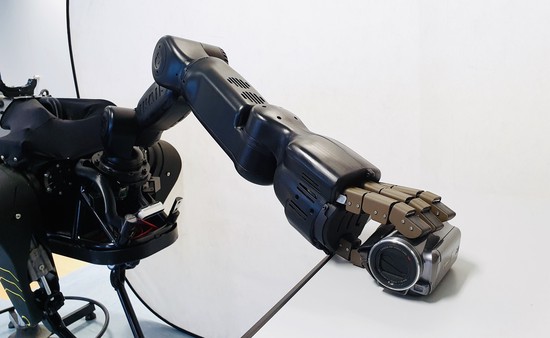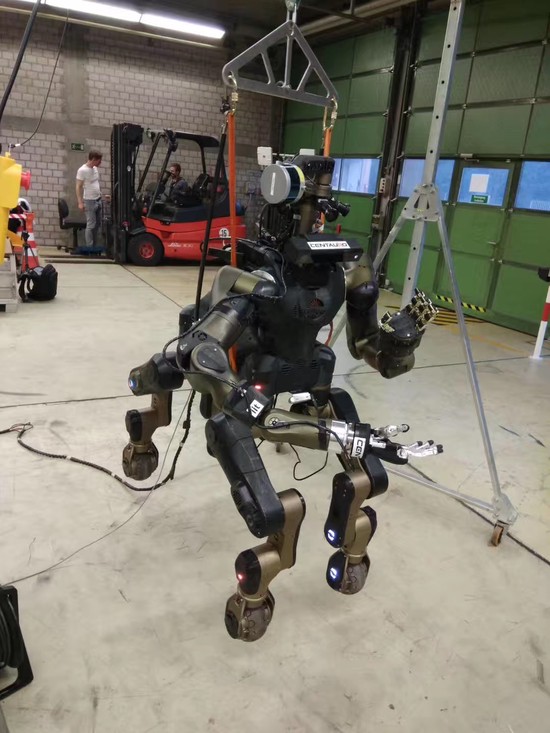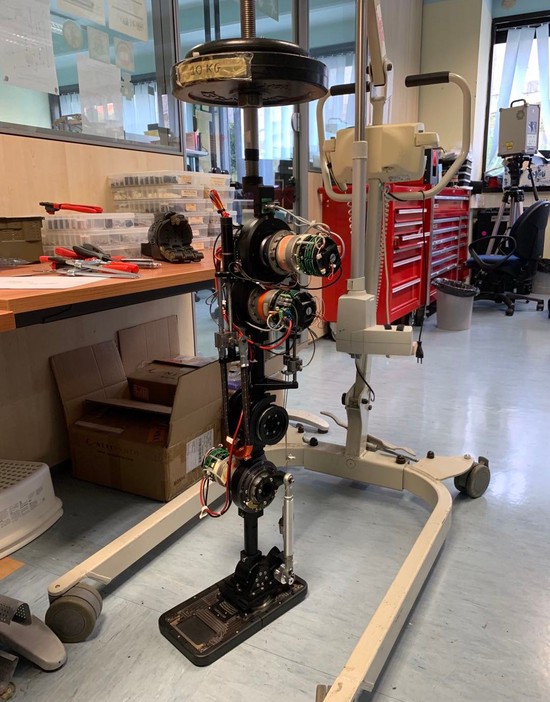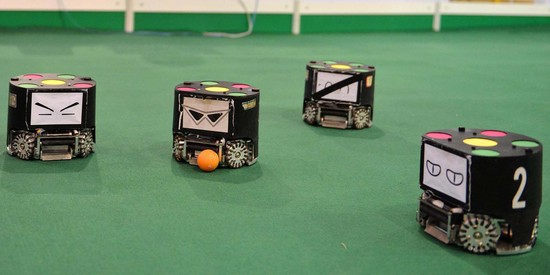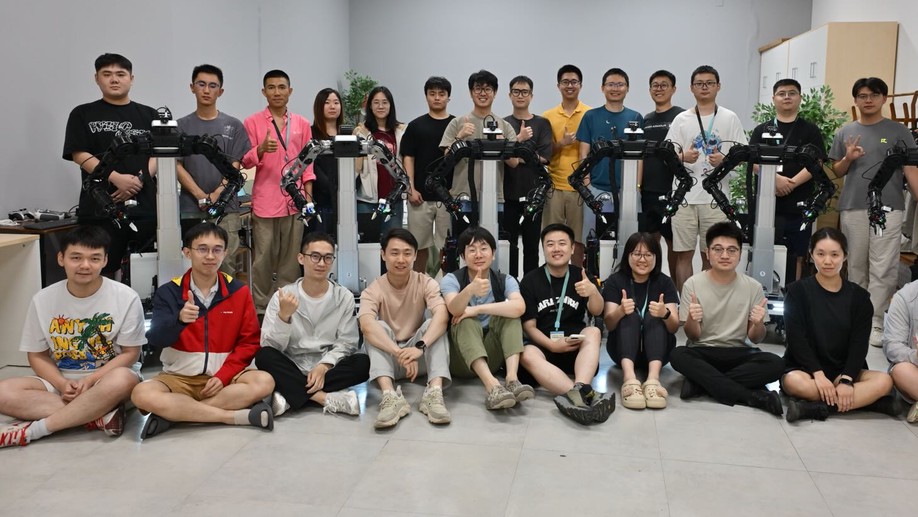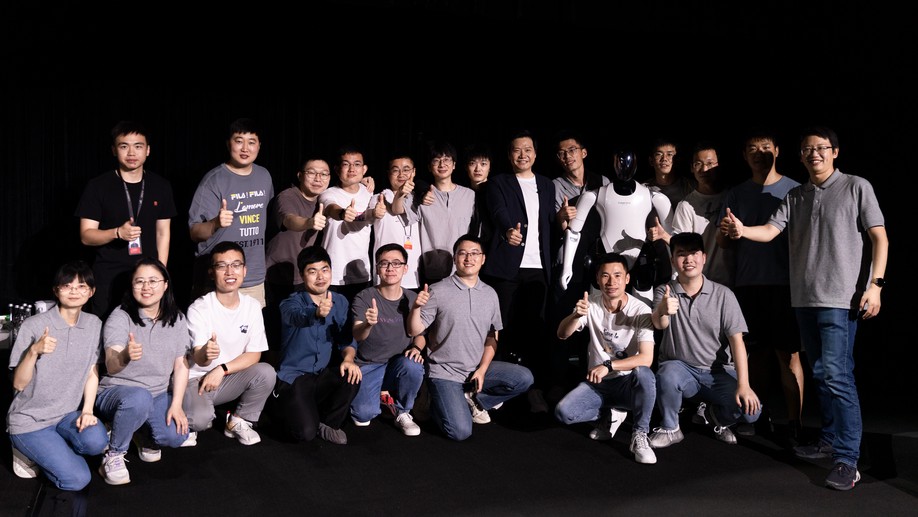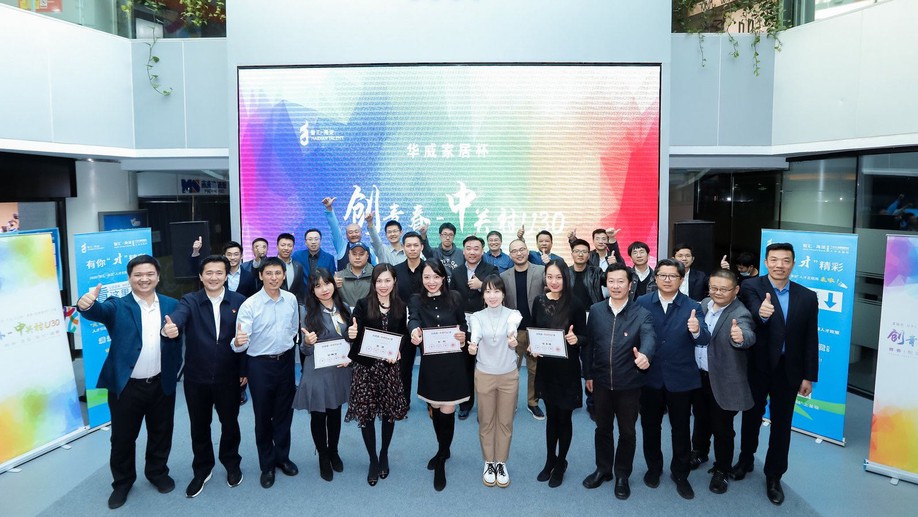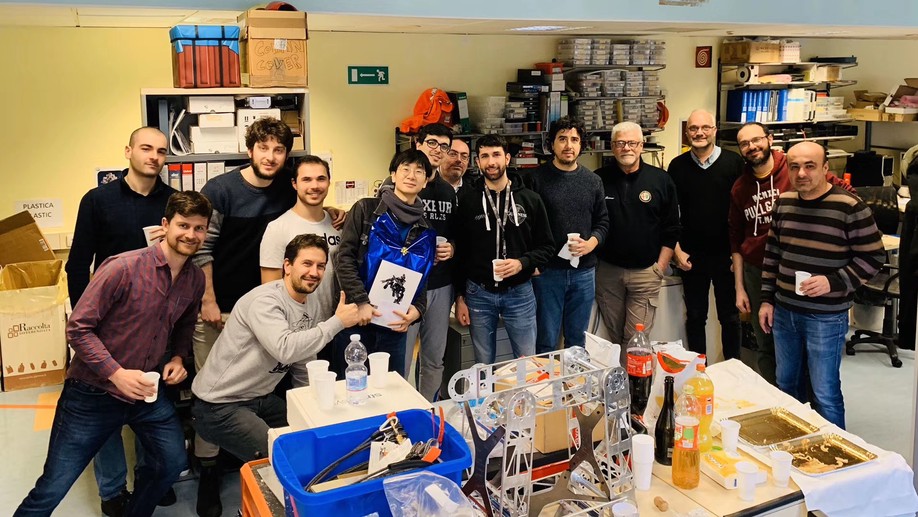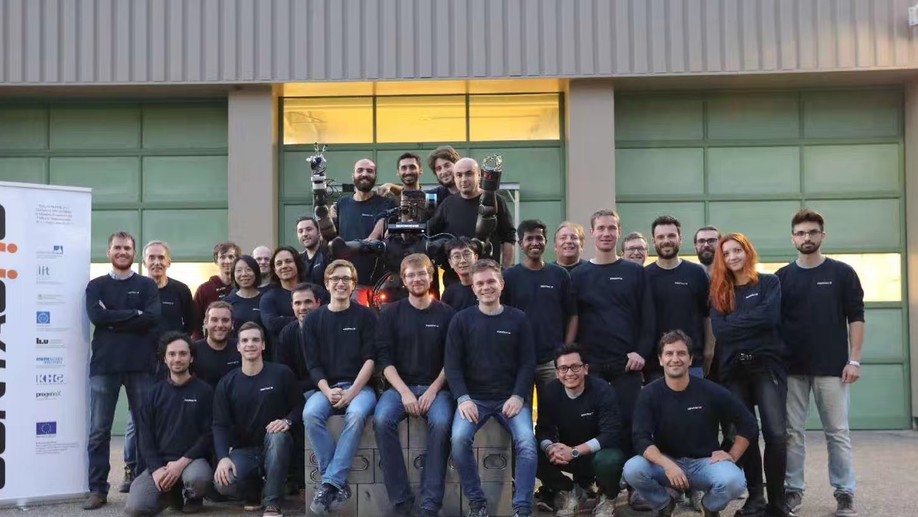Biography
Zeyu Ren is currently a robotics researcher at ByteDance Seed. His research interests include cobot arms, dexterous hands, actuators and humanoid robots. In 2019, he received his Ph.D degree in Robotics from Italian Institute of Technology under the supervision of Dr. Nikos G. Tsagarakis. His bachelor degree was obtained in Mechatronics Engineering from Zhejiang University in 2015.
Interests
- Cobot Arms
- Dexterous Hands
- Actuators
- Humanoid Robots
Education
PhD in Robotics, 2015 - 2019
Italian Institute of Technology (IIT), Italy
MEng in Mechatronics Engineering, CKC Honored College, 2011 - 2015
Zhejiang University (ZJU), China
